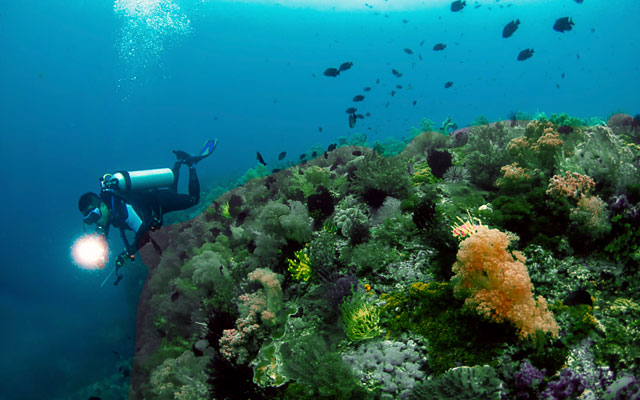
With a recent refresh of its destination campaign, the Philippine Tourism Promotions Board (TPB) is extending its focus on more granular marketing content to European markets.
TPB recently revived the It’s More Fun in the Philippines campaign with a strong focus on crowd-sourced visual content shared by tourists online.

While this may signal the weight that TPB is placing on digital marketing, Marie Venus Tan, COO of TPB told TTGmice that visuals and other content serve to paint a clearer picture of fun in the destination, meant to resonate both online and offline.
“Our (marketing content) are meant to illicit interest, and not simply (highlight the destination), but what’s in the destination. It’s important that we don’t merely focus on beaches, as this is a very competitive area regionally, or mountains. We would have to go deeper into culture and folklore, for example.”
TPB intends to highlight more tourism assets that appeal to niche interest, and part of that will involve opening up new destinations.
“We are appealing to areas that address specific niche interests. For instance, surfing in Siargao. We will use more action shots that will evoke curiosity.”
She added: “Boracay does not need promotion – it needs enhancements. We are opening up Iloilo, and other destinations outside of Mindanao such as Bukidnon. These areas are interesting for experiential tourism, (and figure into) the strategic direction towards special interests.”
Content will be targeted to different markets. “Diving is an important niche while we’re here in Europe. In the UK, it is birdwatching, among other activities. And in India and the Middle East, weddings.”
In Europe, the UK, Germany and France are the top performing source markets in terms of both volume and growth, Tan said. Emerging markets in eastern Europe, such as Poland and Russia, are also coming onto the radar, she added.
As tourist numbers grow and new parts of the Philippines are promoted to visitors, industry observers foresee connectivity to be a continued challenge with the lack of direct international connections and capacity strains at the country’s main gateway.
Tan stated that communications is vital to “manage expectations” of travellers, as well as to tie back to what makes the Philippines different from its neighbours.
“We are an archipelago with many islands, not a landlocked country (offering) seamless and contiguous travel. How we communicate that to manage the expectations of travellers is very important.
“Connectivity is a challenge. But at the same time, talking about it is one way to bridge knowledge of what the Philippines is. Many people tend to look at the countries in South-east Asia as similar, which is not right.”
Down the line, Tan shared that there may be plans to appoint MICE representation in Europe. In the region, the destination has had offices in Frankfurt and London since the 1990s.
Tan elaborated: “We are now strategising and working out a MICE action plan. (In addition to the tourism offices) the Philippine Department of Tourism already has, we are probably going to have MICE representation in Europe or the Middle East.”




















